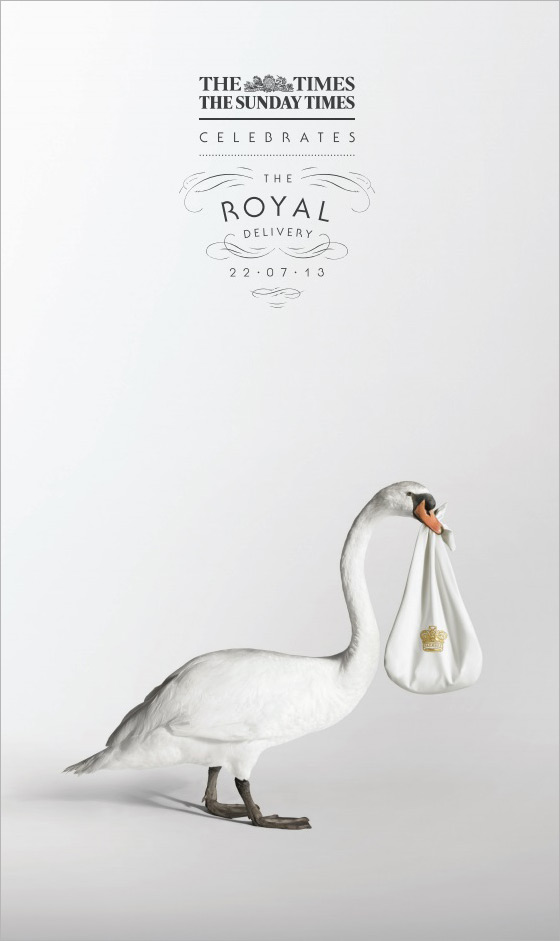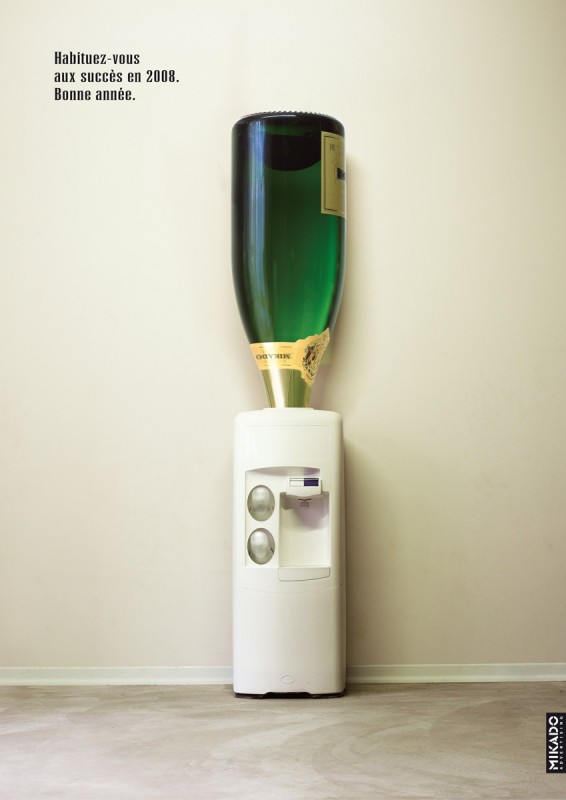Handbuilt by Robots – Collett Dickenson Pearce for Fiat Strada (1979)
Posted: October 16, 2014 Filed under: Best Use of Television, Car, Event, Legendary, TV/Film, UK, Vintage | Tags: Car, Collett Dickenson Pearce, FIAT, Figaro, Handbuilt by robots, Hugh Hudson, Paul Weiland, The Strada Leave a comment“A visual feast. For the audience in 1979 this was as close to sci-fi as you could get. It was like watching two minutes of the Star Wars movie – no one had seen anything like it before. The ad also makes it seem like lots of care has gone into building the cars.”
One evening in 1979, television viewers who hadn’t gone to the loo in the middle of News at Ten saw something very unusual, a commercial break completely taken up by one ad. It was a two-minute triumph showing a car being put together in a factory, and not a dirty blue overall in sight. The original idea for an ad to promote the new italian car was to use smoke coming out of the Vatican as a sign that a new car had been born. But at the drawing board, writer Paul Weiland remembered an item he had seen on the tv show Tomorrow’s World about the Fiat factory in Italy where cars were put together by robots. He tracked the footage down and decided it could form the basis of the new Fiat campaign. “In Europe the car was called the Ritmo, so I thought… what kind of music can I put with this?” recalls Weiland. “My knowledge of classical music was zilch but I remembered something called Figaro and thought: Figaro sounds like Ritmo! I put this music to it and everyone thought it was great…” If that part was easy, the filming of the commercial turned out to be a nightmare.
Ironically, when the production team led by the director Hugh Hudson arrived at the Fiat factory in Turin to shoot the film they had to run a gauntlet of pickets and burning tyres lit by workers protesting about robots taking their jobs. “When we arrived there, there was a strike, and we got locked in to the factory” recalls director Hugh Hudson. “We were locked in nobody operating, just someone to press the button. All the workers were out but we were in making the film…” “The commercial was quite expensive at that time, around 300.000 pounds” add Paul Weiland, “but they probably lost about seven million in production, because every two seconds we were having to stop the machines!”
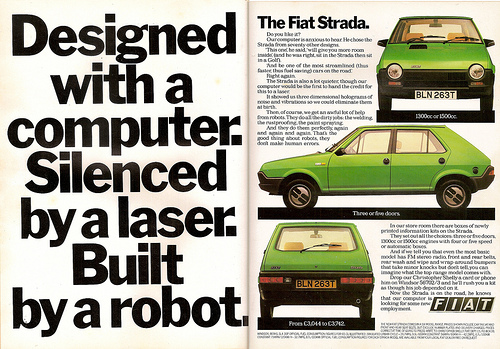
The finished ad had no voice over and ended on a simple caption “Handbuilt by Robots”. Many ad makers believe its intelligent combination of music and camerawork make it one of the best TV commercials ever shown in UK.
Advertising Agency: Collett Dickenson Pearce
Copywriter: Paul Weiland
Art Director: Dave Horry
Director: Hugh Hudson
Production company: Hudson Films
British Airways – Plane Detecting Billboards
Posted: November 21, 2013 Filed under: Ambient, Digital, Installation, UK | Tags: Ambient, British Airways, France, installation, Outdoor, plane, Plane Detecting Billboards 2 Comments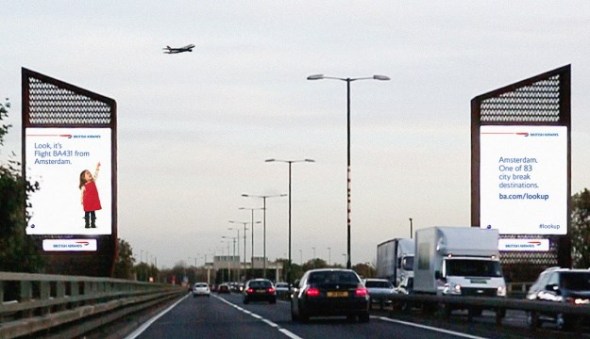
British Airways has unveiled digital billboards which will ‘interact’ with aircrafts flying overhead, as the brand looks to remind customers how magical flying can be, from the perspective of children. Developed by Ogilvy 12th Floor, the ads use custom built surveillance technology which tracks the aircraft and interrupts the digital display just as it passes over the site, revealing the image of a child pointing at the plane overhead accompanied by its flight number and destination it’s arriving from. This will be accompanied by a relevant message to the flight, such as ‘Fly the new A380 to Los Angeles. ba.com/lookup’, or details such as the lowest fare available or the temperature at the destination.
Abigail Comber, British Airways’ head of marketing, said: “This is a first, not just for British Airways but for UK advertising. We all know from conversations with friends and family that we wonder where the planes are going and dream of an amazing holiday or warm destination. The clever technology allows this advert to engage people there and then and answer that question for them. We hope it will create a real ‘wow’ and people will be reminded how amazing flying is and how accessible the world can be.”
The destinations can also be updated immediately depending on changing focus routes for the airline. The ads are part of the airlines’ “Magic of Flying” campaign, which aims to remind people of how magical flying can be, especially from the eyes of a child. The “interactive” billboards are located in London’s Piccadilly Circus and Chiswick.
15 Most Insightful Call for Entries Ads
Posted: May 16, 2013 Filed under: Art, Awards, Belgium, Canada, France, Hungary, Illustration, Press/Outdoor, South Africa, The Philippines, TV/Film, UK, USA | Tags: 15 Most Insightful Call for entries Ads, ADC-UA Awards, advertising, AlmapBBDO, BBDO, Brazil, Call for Entries, Clio Awards, Del Campo Nazca Saatchi & Saatchi, France, funny, Keep Fighting the good fight, Leo Burnett, Press, Taxi Canada, The Art Directors Club Leave a comment1 – ADC-UA Awards (Ukraine)/Agency: Leo Burnett Ukraine
2 – The 2002 Marketing Awards/Agency: Taxi Canada
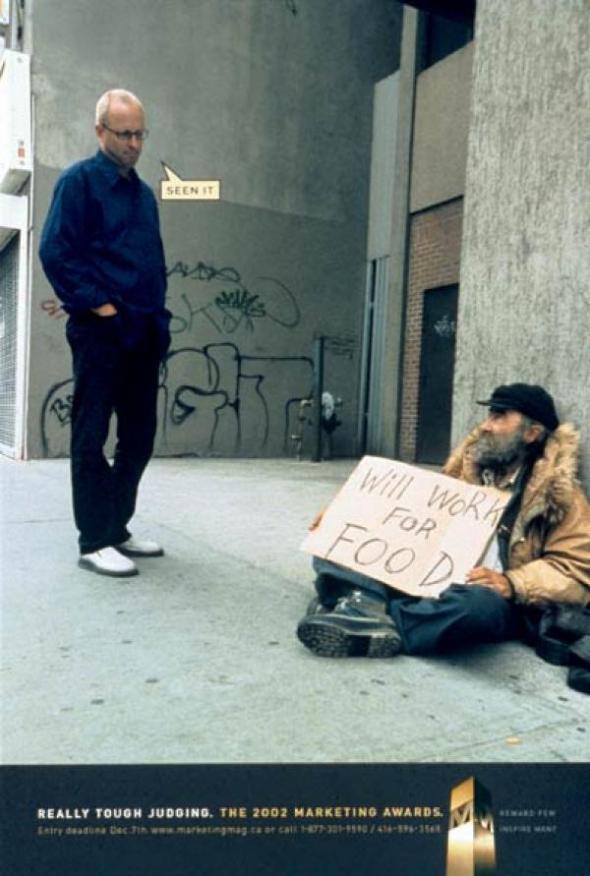



3 – Art Director’s Club CdF 2006/Photographer Vincent Dixon
4 – The Art Directors Club CfE 2002/Bozell New York






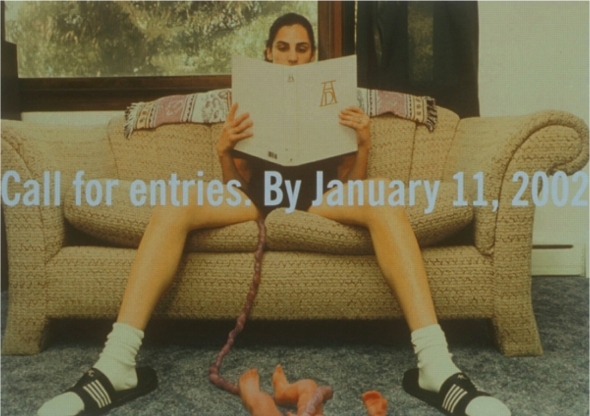
5 – The Singapore Creative Circle Awards 1997/Leo Burnett Singapore
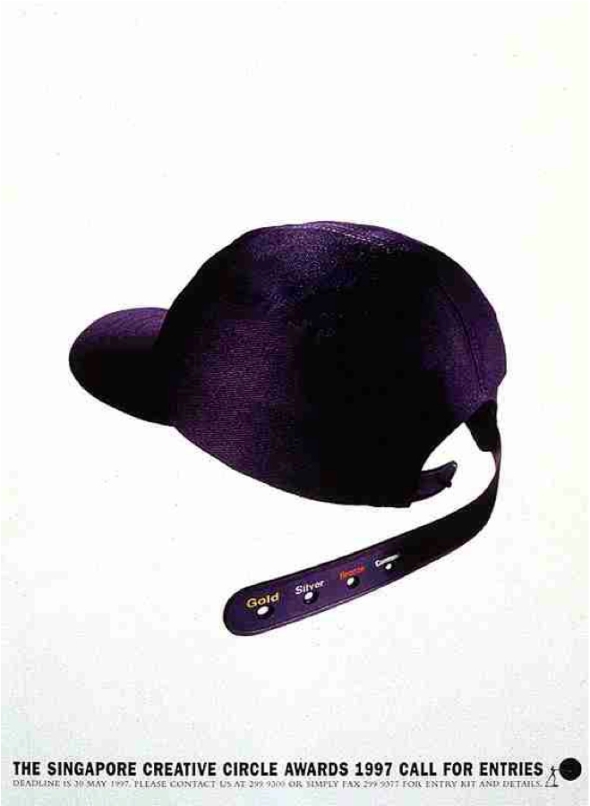
6 – Creative Club of Belgium (Call for entry 2005)/Agency: Duval Guilarme, Brussels
7 – The KBP Radio Awards, C.f.E 2007/Agency: BBDO Guerrera Ortega, Philippines



8 – The Art Director’s Club CdF 2009/Agency: Publicis New York
9 – Clio Awards 2004/Agency: ALMAP/BBDO



10 – The Art Director’s Club Cdf 2011/Agency: DDB New York






11 – Crèa Awards 2007/Agency: BOS, Canada
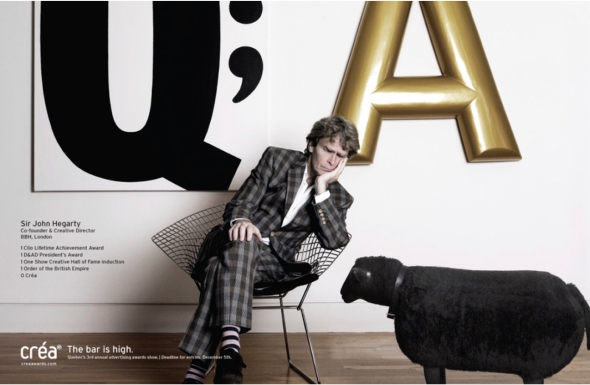






12 – The One Club Call for Entries 2007/Agency: Jupiter Drawing Room, South Africa



13 – AdAwards Call for Entries 2006/Agency: Saatchi & Saatchi, Paris
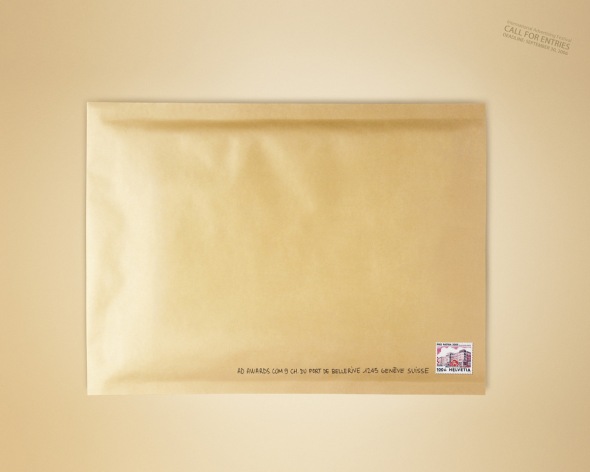
14 – ADC 92° Annual Awards/Agency: The Conquistadors Collective, New York


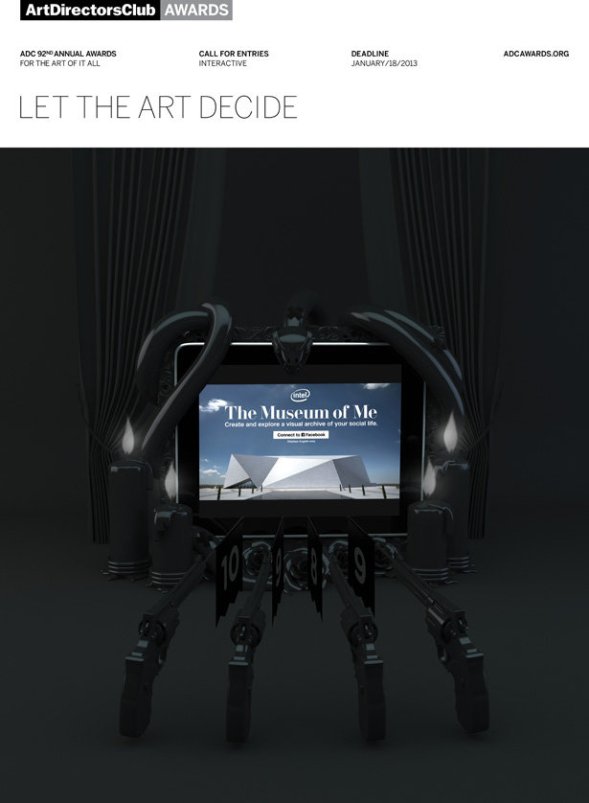
15 – The Tinta Awards Call for Entries 2012/Agency: Young & Rubicam Philippines



Levi’s 501 – The story behind Launderette
Posted: November 22, 2012 Filed under: Awards, Cannes Lions, Case History, Legendary, TV/Film, UK | Tags: 501, BBH, commercial, I Heard It Through The Grapevine, John Hegarty, Launderette, Levi's, Marvin Gaye, Nick Kamen, UK 2 CommentsThe opening bars of Marvin Gaye’s hit I Heard It Through The Grapevine are among the most evocative in television advertising history. For a whole generation, at least, those first few moody seconds only bring one image to mind – that of model Nick Kamen walking into a launderette. The ad might not have been set in the eighties (more likely a mythical fifties), but for many those first few seconds can evoke memories of an entire decade. But Nick Kamen (who only got the part on condition he lost weight) wasn’t the first to get his kit off in a launderette. An early Hamlet ad showed a bowler-hatted, be-suited gent undressing in front of a group of women and sticking his clothes, and even his hat, in a washing machine. Sadly, no one remembers the actor’s name. And, as far as we know, he never had a hit single written for him by Madonna…
Kamen’s “Lauderette” was shown for the first time on Boxing Day 1985. Thought up by John Hegarty and Barbara Noakes of BBH, the ad campaign was designed to try and save Levi’s flagging fortunes; the company was under attack from all sorts of other fashionable brands. In short, Levi’s (which had been going since the 1850s) were becoming the sort of jeans worn by people’s dads. And not even trendy dads – it was middle-aged “fuddy duddies” wearing “polyester Levi’s Action Slacks”. Research showed that the intended target audience for Levi’s 501 (15 to 19 year olds) saw the United States of the fifties and sixties as cool time and place in history: James Dean, Elvis Presley and Sam Cooke all belonged to this mythical, wondrous world. Unless the ad agencies came up with something new, the alternative was going with the American campaign for 501, which was all about how well the jeans fitted in the United States of Ronald Reagan. The image seemed the opposite of MTV and European chic.
So, director Roger Lyons was given the go-ahead to film an ad that showed drop dead gorgeous model Nick Kamen stripping down to his boxer shorts, while flustered women and bemused elders looked on, and then sitting and waiting while his jeans were in the wash. All this and Marvin Gaye thrown in too. (Except it wasn’t actually Marvin Gaye but a newly recorded “session” version of the song, though the original was later re-released off the back of the ad and entered the charts all over again…). “Grapevine” was the first of four Levi’s-related songs to all make the Top Ten, a feat that made advertisers realise that choosing the right music was of paramount importance because it really could help push a product on TV. They call it “Integrated Marketing”, and it meant a single in the chart and an ad on the box simultaneously, as well as the 501 logo alongside the artist’s name on the record sleeve in every record shop in Britain and USA.
Kate Thornton, a famous English journalist, was a schoolgirl at the time and remembers the effect that Kamen’s striptease had on her: “I remember that the ad was running at a cinema before a movie, and I hadn’t seen it on the tely at that point. So I went to the cinema just to see the ad…” she says. “The commercial made those jeans sexy at a time when Levi’s were struggling to make their product appealing to women of my age, and really that’s where the big spenders come from. Suddenly those jeans became a must-heve item! I only wanted them because Nick Kamen wore them and took them off…”
Thornton wasn’t the only teenager to feel that away. Consumers wrote in to Levi’s in their thousands asking for picture of Kamen. Meanwhile, sales of 501 shot up by an incredible 800% in the wake of the ad, which eventually had to be taken off the air because the Company couldn’t produce enough jeans to meet the new demand… By 1987 sales of Levi’s jeans were reported to be 20 times what they had been just three years earlier. The commercial also boosted sales of boxer shorts to a record high, though the ad agency only put Kamen in a pair of boxers because they weren’t allowed to show their hero in a pair of jockeys. And it wasn’t just teenage girl buying the jeans: boys were impressed by what Kamen could do. “The ad said: wear Levi’s jeans and you’ll be a rebel without a cause!” says psychologist Dr David Lewis. “You’ll be able to alienate older people (who young people despite anyway) and you can be cool…”
Inevitably, Nick Kamen was suddenly flavour of the month. Madonna wrote a song for him called “Each Time You Break My Heart” which made it into Top Ten. Kamen was soon a fully-fledged pop star, but his new career was short lived. Subsequent singles failed and Kamen moved to Los Angeles where he was to live for a time with British television presenter Amanda de Cadenet. “There wasn’t life for Nick Kamen after Levi’s because he broke the rule…he talked!” says Thornton. “We just liked looking at him. It was as simple as that. He was a model and he just had these smouldering beautiful looks… but fundamentally he was to be looked at and lusted over, and never to be taken seriously…”. Nick Kamen turned a new Levi’s ad into a much-hyped media event and ended up eventually being replaced in 1999 by a fluffy yellow pupped called Flat Eric…
(Mark Robinson, The Sunday Times)
Advertising Agency: Bartle Bogle Hegarty
Creative: John Hegarty, Greg Mills, Barbara Nokes
Director: Roger Lyons
Production: Mike Dufficy & Partners
Director of Photography: Richard Greatrex
Editor: Ian Weil
Music: Karl Jenkins, Mike Ratledge
Year: 1985




